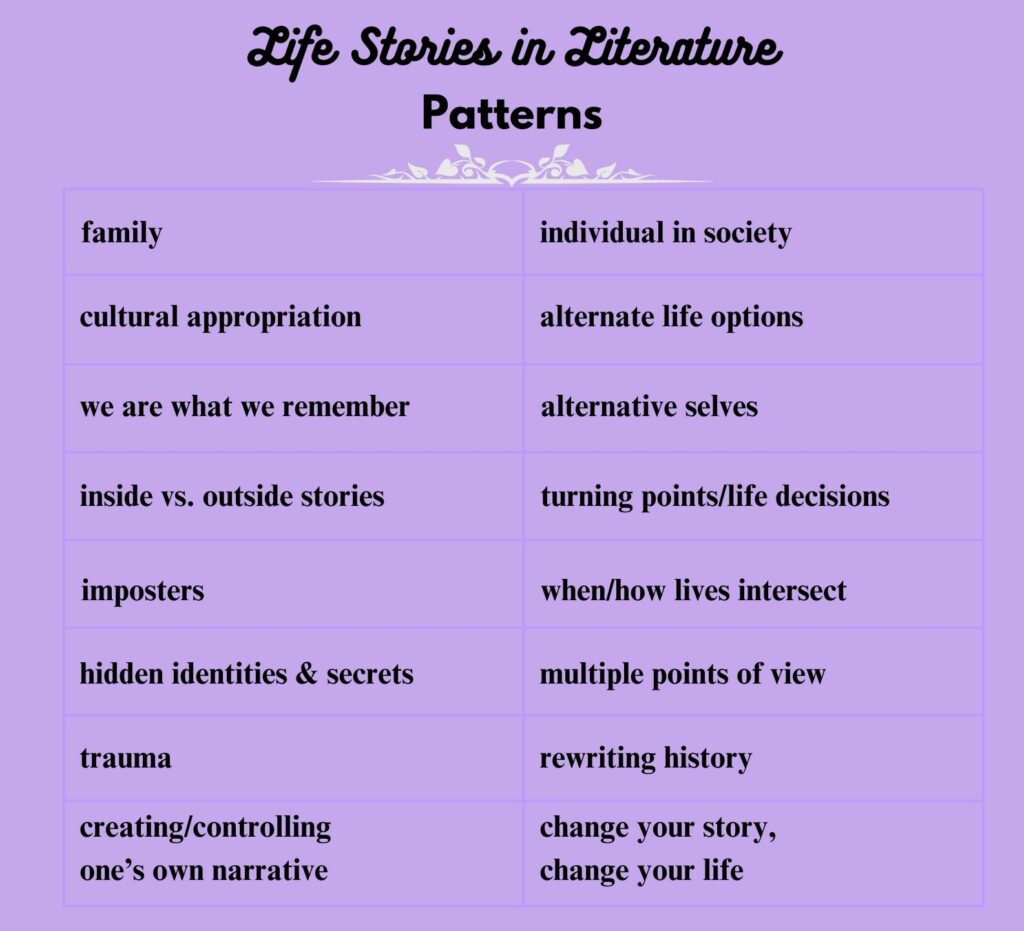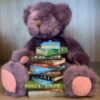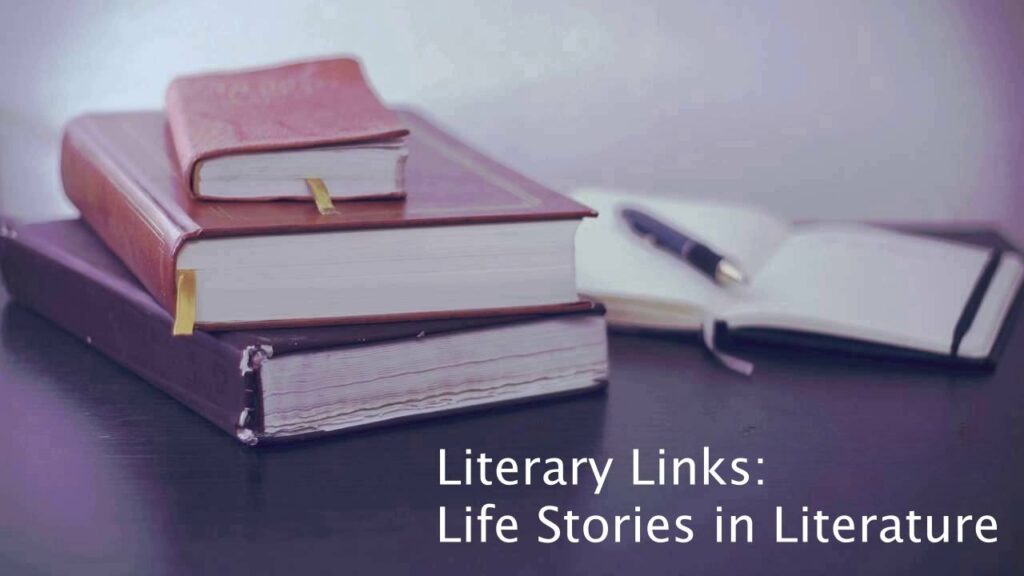
On Reading Ovid’s Metamorphoses As a Military Spouse
If you’ve forgotten, or if you didn’t know in the first place, I was a classics major (B.A. and M.A. in Latin), and that explains why I’m always drawn to any article whose author expresses love for any aspect of this area of study. Here Jehanne Dubrow explains why she was drawn to Ovid as her husband approached his retirement from U.S. Navy: “I turned to Ovid’s Metamorphoses to understand the nature of transformation. . . . Ovid’s fantastical stories read as metaphors for how to cope with our greatest upheavals. He gives us war, loneliness, disastrous loss. He gives us passion and longing. He gives us parents and children, romantic partners, friendships.”
Why Are There So Many Female Ghosts?
“Female ghosts seem to dominate the afterlife. Whether the spirits are real or not, the reasons for the disparity could be revealing.”
I’d never recognized this, but as soon as I saw Nathaniel Scharping’s article I realized it’s true. He points out that there is “a curious trend found throughout American folklore. A significant proportion of ghosts . . . are women.”
Most of the explanations Scharping offers for this trend center around the life stories of women who, in times past, could not own property or keep their names. Their reappearance as ghosts represents their efforts to avoid being erased from memory and, therefore, from history.
Racial History of the Fairy Tale, From Literary Classics to Modern Disney
“Editor’s Note: In her book Specters of the Marvelous: Race and the Development of the European Fairy Tale, literature Professor Kimberly J. Lau observes the legacy of race in classic fairy tales. The following essay provides a glimpse of the fairy tale tradition modern audiences have inherited, the conclusion that ‘fairy-tale characters are white not by chance, but by design,’ and an exploration of how retellings allow for a break from tradition.”
Is Everyone the Same Person?
The concept of a unique individual self underlies life story psychology. Yet many Eastern cultures emphasize spiritual beliefs that hypothesize the existence of a single universal consciousness that we all manifest.
Hedda Hassel Mørch is an associate professor in philosophy at Inland Norway University and previously was a postdoc with the Center for Mind, Brain, and Consciousness at NYU, researching the nature of consciousness. In this article she examines whether these two concepts can be reconciled.
The Place of Politics in Fiction
“Should novelists write the world as it is or as it should be?”
We don’t live in a time when politics can be cordoned off from art; it permeates the world, and a novel without much of it would be difficult to believe.
Once Upon a Time
There are two varieties of fairy tales. One is the literary fairy tale, the kind written, most famously, by Charles Perrault, E. T. A. Hoffmann, and Hans Christian Andersen. Such tales, which came into being at the end of the seventeenth century, are original literary works—short stories, really—except that they have fanciful subject matter: unhappy ducks, princesses who dance all night, and so on. . . . The other kind of fairy tale, the ancestor of the literary variety, is the oral tale, whose origins cannot be dated, since they precede recoverable history. Oral fairy tales are not so much stories as traditions.
In this reissued piece (the original is from July 2012), the late Joan Acocella examines the legacy of the Brothers Grimm.
In fascinating study, neuroscientists reveal the unique impact of nostalgic music on the brain
I stopped listening to popular music at about the end of 1971. Having come of age in the 1960s, I no longer felt that current music adequately represented the world and my place (or at least what I perceived to be my place) in it.
In this article Eric W. Dolan discusses results of research recently published in Human Brain Mapping. The study found that “music which evokes nostalgia activates a unique network of brain regions tied to memory, self-reflection, and emotion. Researchers discovered that self-selected nostalgic songs triggered more brain activity than familiar or unfamiliar non-nostalgic music in both younger and older adults.”
© 2025 by Mary Daniels Brown

